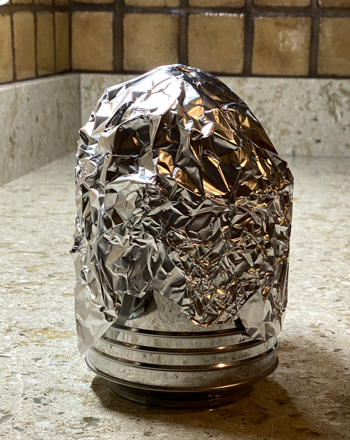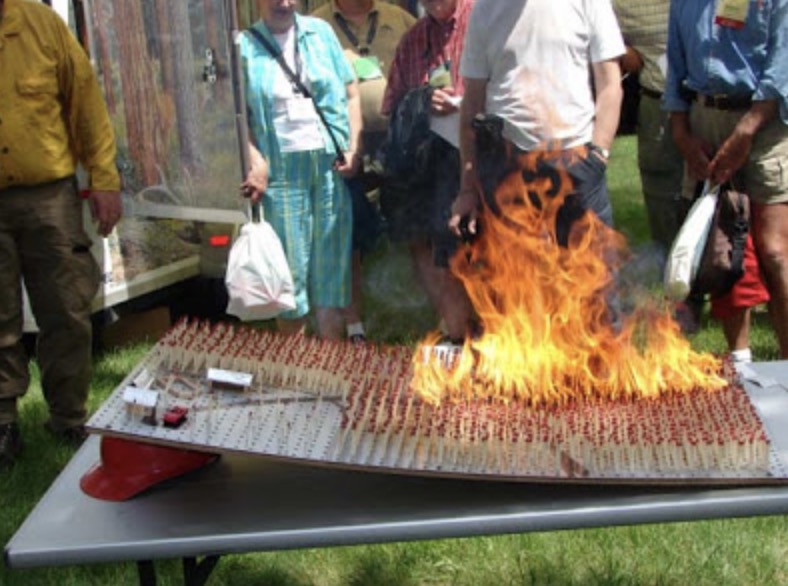Got a priority or idea when it comes to the work that firefighters and fire managers do, the science that informs the work, or the money and processes that pay for it all? The Wildland Fire Mitigation and Management Commission is looking for your recommendations.
The three topics open from March 2-22 are gathering input for commission recommendations on Science, Data and Technology; Appropriations; and Workforce.
The commission’s “Opportunities for Engagement” page explains the process, with eight recommendation topics already recruited and concluded.

This month marks the final stage of the engagement process as the commission and its committees work to meet a Fall 2023 timeline for a report to the U.S. Congress, as stipulated in the 2021 Bipartisan Infrastructure Law. The legislation created the commission, which is charged with developing two reports to Congress – one on aerial firefighting released in February and another scheduled for release in Fall 2023 – to collectively develop “a comprehensive set of recommendations to address the nation’s wildfire crisis,” as noted in a Department of Interior media release.
Grassroots WIldland Firefighters shared a call for recommendations in their Stakeholder Update: “Currently the commission is taking on issues associated with OUR WORKFORCE. Such issues include recommendations related to compensation, recruitment and retention, staffing structures, and meeting the challenge of meeting workforce capacity (including support structures such as housing, health, and wellbeing).”
And they offered both encouragement and coaching: “It doesn’t matter if you have a small observation to share or a large well-researched manifesto ready for daylight. This is our time to be heard by the whole Commission. We urge you to PLEASE provide your submissions and make sure your colleagues do the same.”
The commission survey form reminds respondents to focus on issues and processes may be resolved by way of legislative process under the purview of Congress. And they too offer encouragement: “If you have multiple recommendations, please complete the form as many times as needed.”




